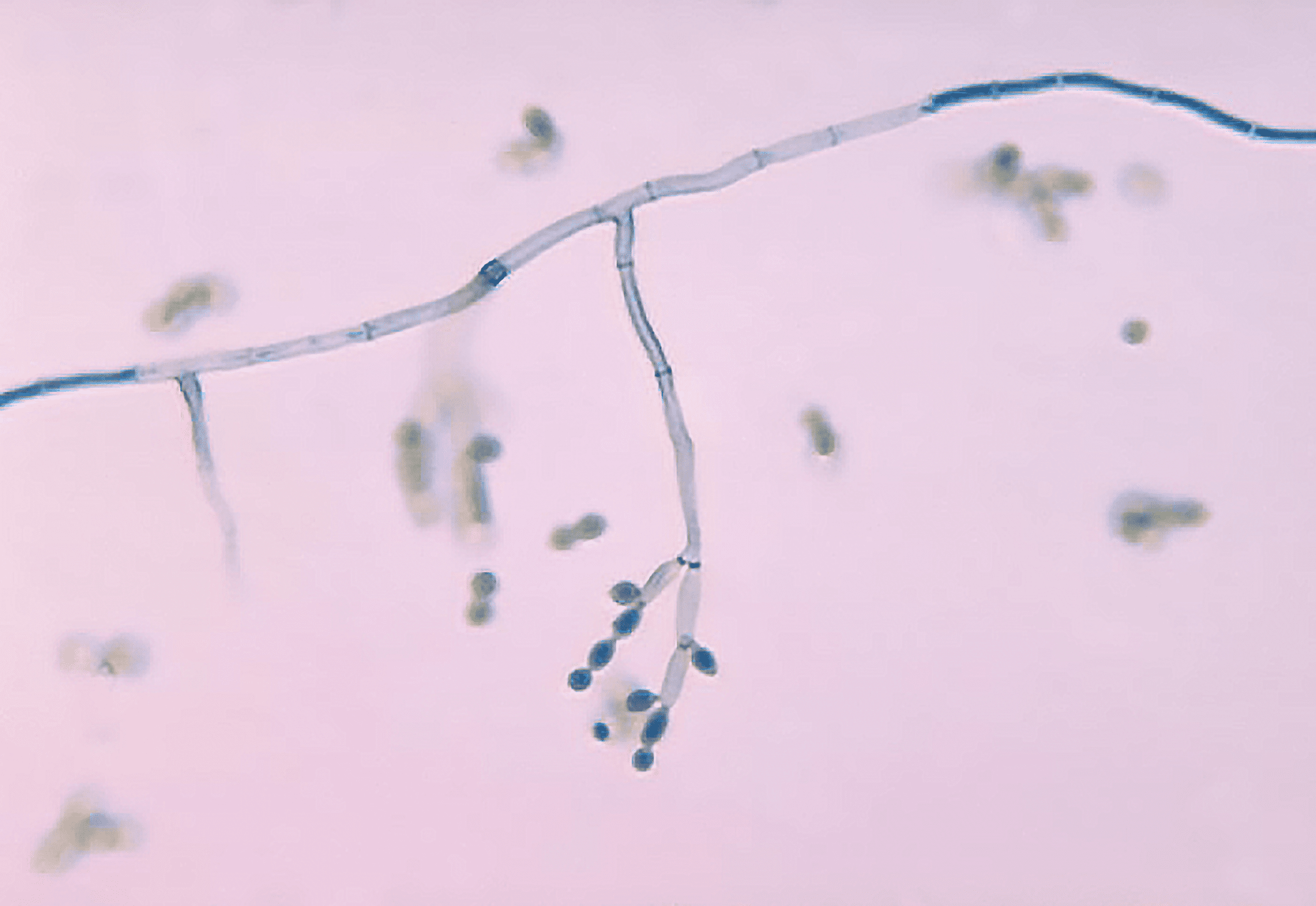Compounds secreted by Cladosporium resinae act as surfactants by self-assembling into a wide variety of 3-D configurations tailor-made for different circumstances when water and oil need to mix.
So potent are the surfactants (compounds that essentially allow water and oil to mix) in organisms like Cladosporium resinae, that the fungus is able to grow in diesel fuel tanks with water content as low as 0.5%. Survival of water-based creatures in those extremely hydrophobic environments would not be feasible without the self-assembling surfactant compound C. resinae secretes to solubilize oil in water. The sophorolipid biosurfactants produced by C. resinae perform the same tasks as artificial surfactants, but have their own distinct advantages. Besides being non-toxic and biodegradable, the biosurfactants are also structurally suited for adaptability over a broad range of conditions. The adaptability arises from the two basic configurations that this particular biosurfactant can form. One is the common form composed of a head group and tail and the other is a closed ring configuration formed when the tail swings around and attaches to the head group. Depending on the circumstances, the combination of these two forms will self-assemble into a variety of 3-D shapes (spheres, sheets, tubes, etc) that create microscopic water-based or oil-based compartments based on need.






